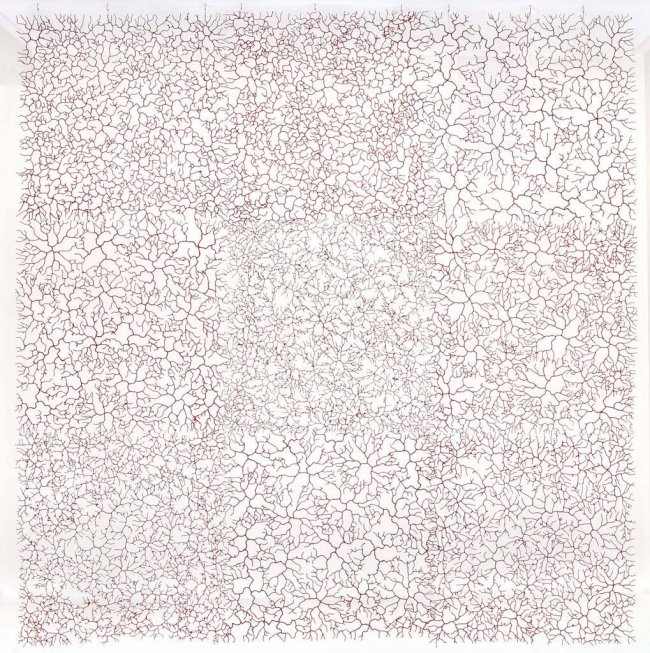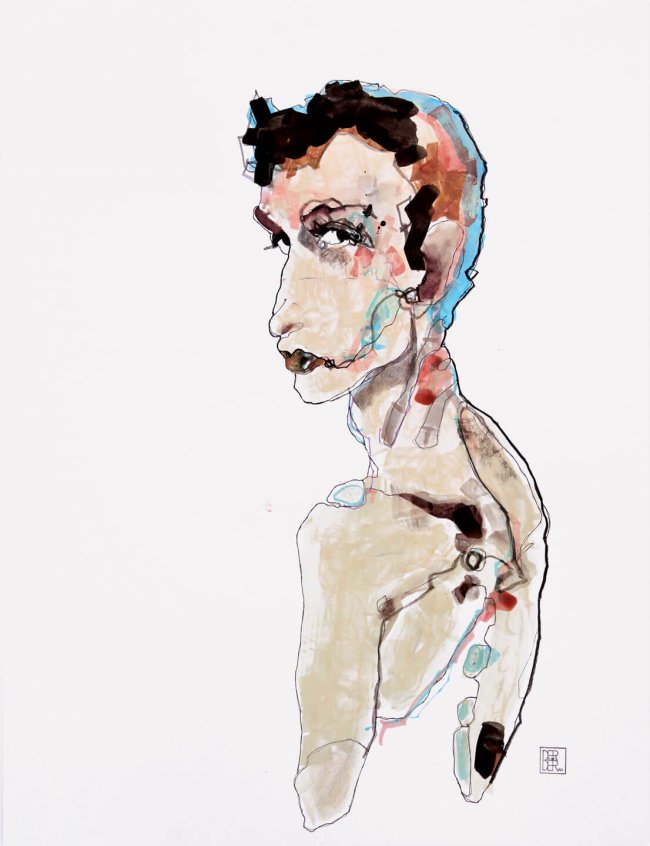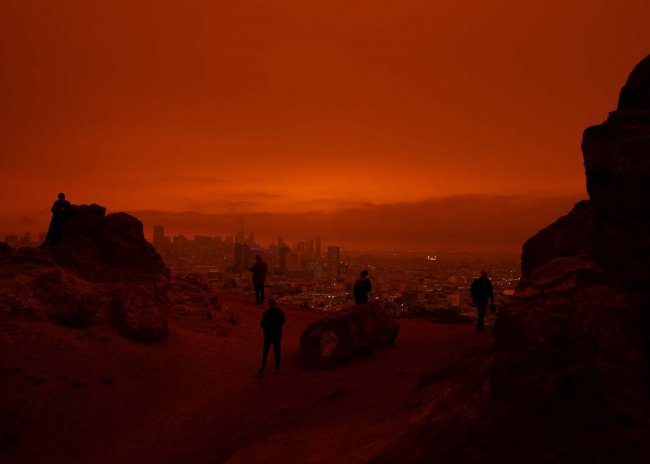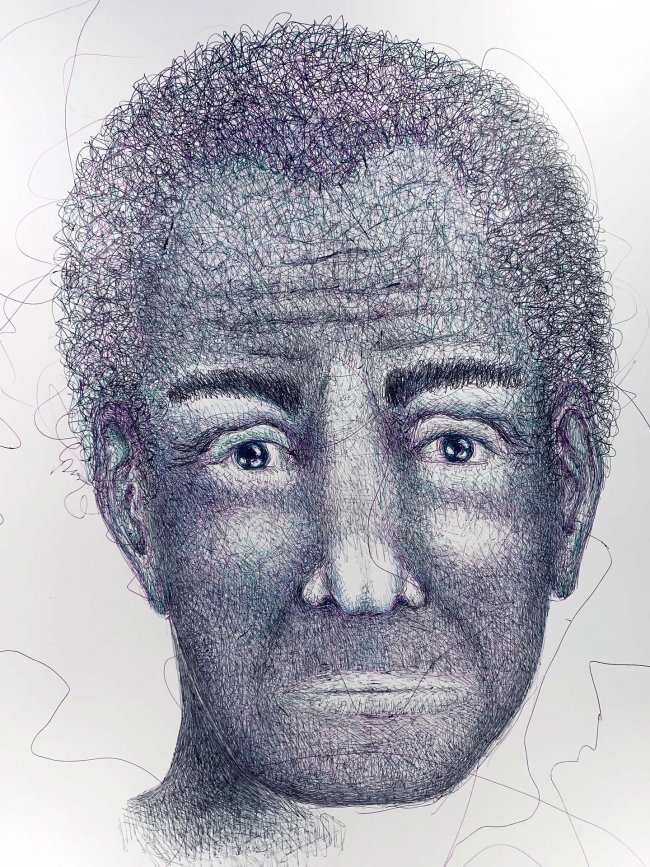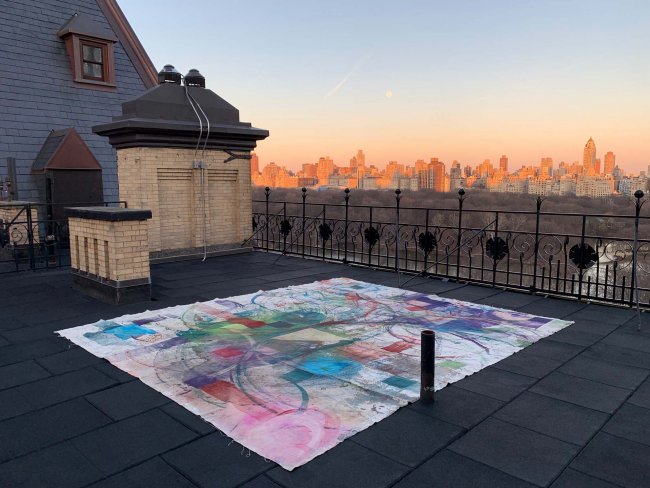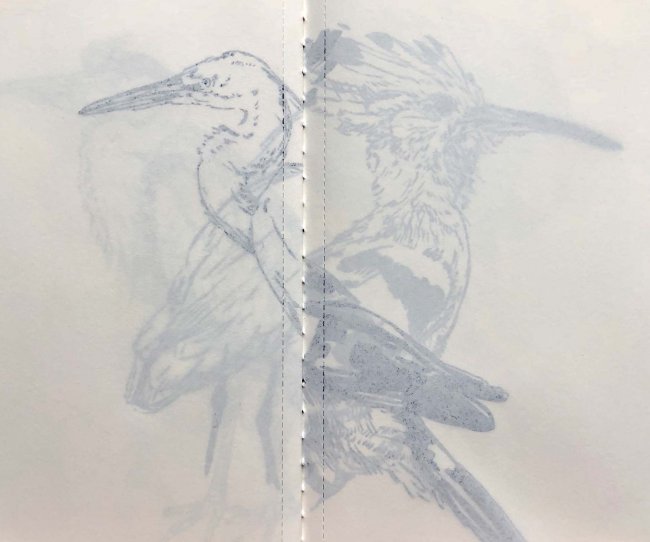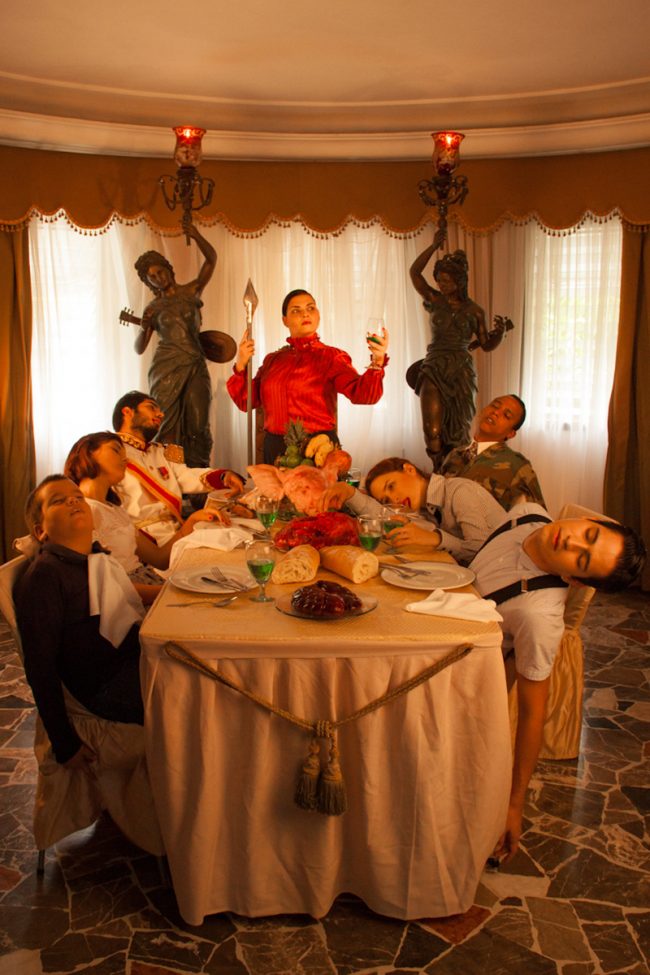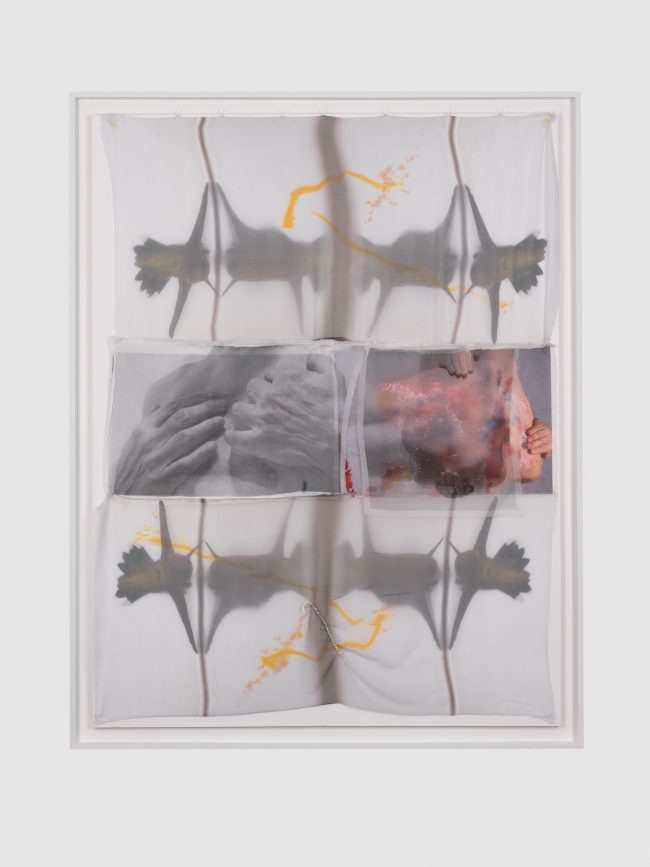THE NET by Gjertrud Hals
I was born in 1948, on Finnøy, an island with two hundred inhabitants. My family was living close to the factory where my father and grandfather were mechanics, making and installing engines for the fishing boats. During my childhood, there was an abundance of herring fishing going on every winter. The herring were caught in large nets and hauled up in smaller ones. When the weather was bad, the harbor was packed with boats, and big bunches of fishnets were hanging to be dried. Every summer holiday I spent with my grandparents, living on the tiny island Notholmen (not=net) on Hustadvika.

